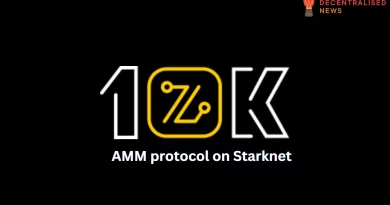Cryptocurrency Staking Explained
Introduction
Cryptocurrency staking is an investment strategy where you lock your funds in a wallet for a fixed period and earn interest. As you reap the rewards, you also support the blockchain network you are on. The staked cryptos are used to verify transactions on the network.
Your staking rewards depend on the size of your stake, the staking period, as well as the price of the crypto staked. For you to understand staking, you need to know how Proof of Stake works. Read our explainer of Proof of Work here.
Proof of Stake
Members lock their funds, and at intervals, the protocol randomly selects one of them as a validator of the next block. The chance of being selected depends on the amount of funds you stake.
Delegated Proof of Stake
Delegated Proof of Stake allows users to use their fund balances as votes where the number of coins held determines the voting power. The votes are used to elect delegates who manage the blockchain on behalf of other members. Consequently, the staking rewards are shared among the delegates, who distribute a portion to their electors as per their contributions.
The Delegated Proof of Stake mechanism allows for consensus with a minority, which boosts the network’s performance. However, it may also diminish decentralization since the network depends on a small group of validating nodes.
The Staking Process
Those who stake larger funds stand higher chances of being selected. Therefore, blocks are produced without reliance on specialized mining hardware.
Even though every Proof of Stake has its specific staking currency, other networks have adopted a two-token system in which rewards are paid out in a second token.
Calculating Staking Rewards
Rewards depend on:
- The number of coins staked by a validator
- The period a validator has been actively staking
- The total amount of funds staked on the network by every member
- Rates of inflation
Staking Pool
A staking pool is a group of members pulling their funds together to improve their validation power and earn rewards.
Setting up a staking pool needs time and skill. Pools offer flexibility for individual stakers since most staking pools ask for a low minimum balance and append no extra withdrawal periods. So, joining a staking pool rather than staking alone is better for newbies. Read about liquidity pools here.
Cold Staking
This is where you stake using a wallet that is not linked to the internet. This is possible when using a hardware wallet. Platforms that support cold staking enable users to stake with their funds held offline. However, if you get your funds out of cold storage, you do not receive any rewards.
Cold staking is highly preferred by heavy investors who want maximum protection of their funds while staking.
Final Word
Cryptocurrency staking opens ways for those who want to be part of the consensus and governance of blockchains. Additionally, it is a simple way of earning passive income. Despite all the benefits, there is a risk. Locking up your funds in a smart contract makes it prone to bugs; therefore, always do your own research and use high-quality wallets.
Safe Staking!









